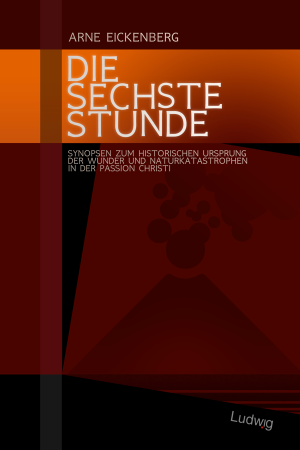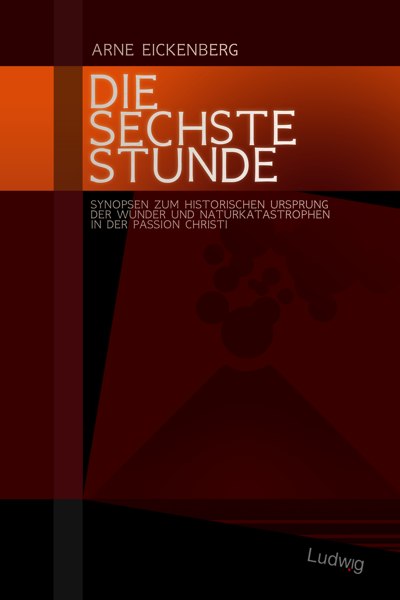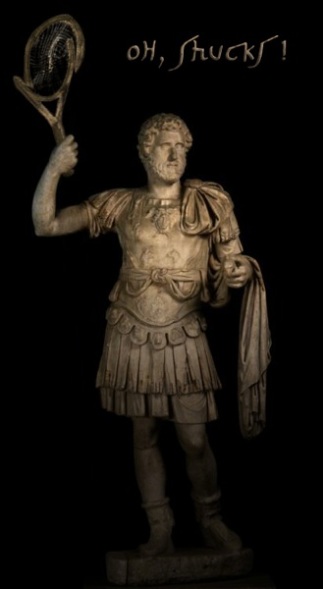Blog Watch: Interview mit Arne Eickenberg (Die sechste Stunde)
Quelle: De Jister | Nederlandse vertaling
“Es sind seltsame Gefilde”
DAS EVANGELIUM ALS HYPERTEXT
Die Wunder und Naturkatastrophen in der Passion Christi gehen auf Ereignisse beim Tod von Julius Caesar zurück. Ein Gespräch mit Arne Eickenberg, dem Autor des Buches Die sechste Stunde.
DE JISTER: Wie kamen Sie auf die Idee, zwischen den Naturkatastrophen bei Caesars und Christi Tod eine Parallelität in den Texten zu unterstellen?
Arne Eickenberg: Zum Glück musste ich nicht unterstellen, denn es gab ja schon diverse Historiker und Theologen vor mir, die eine direkte Parallelität festgestellt haben, übrigens nicht nur was die Passionswunder angeht. Ganz vorne mit dabei war natürlich immer die seltsame Finsternis zur sechsten Stunde, aber auch das Erdbeben. Was die anderen Vorzeichen und Wunder angeht, wird es rezeptionsgeschichtlich schwierig, denn wir können nicht in die Köpfe der Forscher schauen: Bei Wettstein zum Beispiel, dem Schweizer Theologen und frühen Textkritiker, stehen im Apparat zum Evangelium sehr viele griechische und römische Parallelen, aber er bleibt allgemein, er legt sich nicht fest, sondern präsentiert sie neutral, ohne Gewichtung. Hatte er, hatten andere Forscher bereits mehr bemerkt, aber lieber geschwiegen? Möglich ist es, aber wir können es nicht wissen. Jedenfalls war ich in einer relativ sicheren Situation: Wenn andere diesen Weg bereits gegangen sind, was soll dann schiefgehen? Es war zwar ein stark überwucherter Weg, aber immerhin ein Weg.



